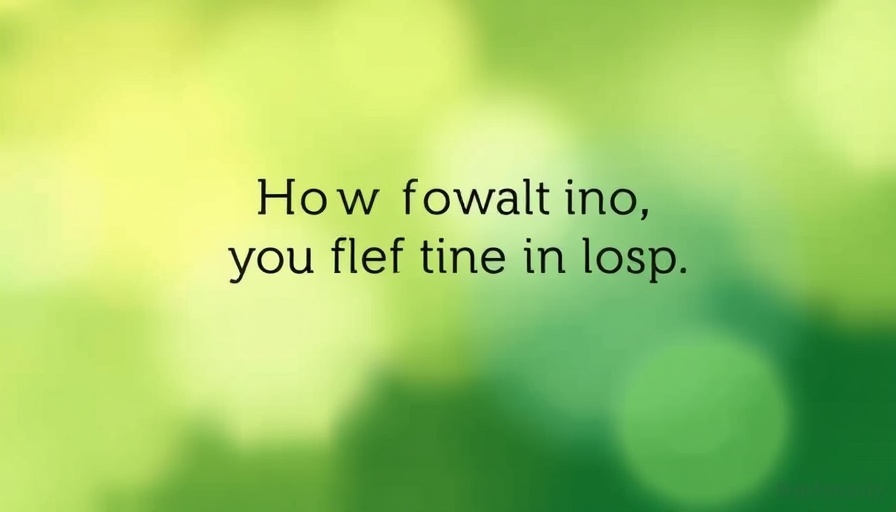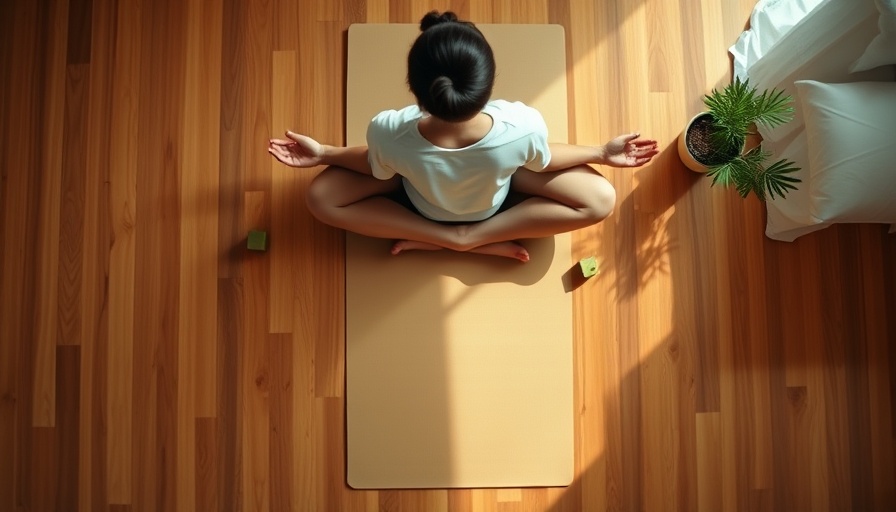
Feeling Stuck or Lost? You're Not Alone
Many adults today experience a sense of being stuck, anxious, or lost in the hustle and bustle of everyday life. Whether it’s navigating work and family responsibilities or simply trying to find a sense of purpose, it’s easy to feel overwhelmed.
According to recent studies, the pressures of modern life can weigh heavily on mental health, contributing to heightened feelings of anxiety and disconnection. The constant influx of obligations can shift our focus away from our personal needs, leaving us feeling fragmented and without direction.
Understanding Survival Mode
Survival mode is a phrase many may resonate with. This state is characterized by automatic routines where emotions are muted, and genuine happiness seems out of reach. Feeling like you’re simply going through the motions is common, especially in challenging times. It’s essential to recognize when you are in survival mode and take steps to restore balance. For many, creating small rituals or dedicating moments to self-care can be a significant first step towards breaking this cycle.
Emotional Awareness Can Lead to Growth
It’s important to acknowledge the emotions that surface during tough times. Whether you find yourself feeling overwhelmed by anxiety or are absorbing the pain of those around you, understanding and validating your emotions is crucial. Practicing mindfulness and journaling can be effective ways to explore and articulate these feelings, guiding you towards clarity and emotional processing. In moments of turmoil, it’s key to remember that feeling lost is a part of the human experience.
Tools for Feeling Less Stuck
To aid in navigating these challenges, consider utilizing resources specifically designed to promote mental and emotional well-being. Notably, three free PDF guides have been created to support individuals facing these struggles:
- Guide for Overcoming Anxiety: Techniques to manage stress and reduce feelings of dread.
- Guide for Emotional Awareness: Tools to help process and cope with overwhelming feelings.
- Guide for Reconnecting with Joy: Strategies to rediscover happiness and purpose in everyday activities.
Join the Community
It’s critical to understand that you don’t have to face these feelings alone. Joining support groups, whether online or in-person, can provide a sense of belonging and shared understanding. Community is a powerful tool for healing, and having peers who bear similar experiences can lighten the burden.
Creating Actionable Steps to Meaningfulness
Taking actionable steps towards healing can transform feelings of stuckness into a path of growth. This could mean setting tiny daily goals focused on wellness or even engaging in positive, proactive conversations about your feelings with someone you trust. Incorporate movement into your routine as well—whether it’s a walk, yoga, or any activity that brings you joy—to stimulate both body and mind.
The Hope of Change
Lastly, know that change is possible. The journey toward feeling more aligned with your internal state is not linear; it’s filled with ups and downs. Embracing this unpredictability can lead to incredible personal insights and breakthroughs. When you choose to take charge of your situation, you are one step closer to achieving emotional liberation and reconnecting with your authentic self.
If you're feeling stuck, anxious, or lost, consider downloading the free guides linked within this article. They might just be the resource you need to embrace healing and move towards joy. Your journey is significant, and there is support out there waiting to guide you toward a brighter, more fulfilling path.
 Add Row
Add Row  Add
Add 




Write A Comment